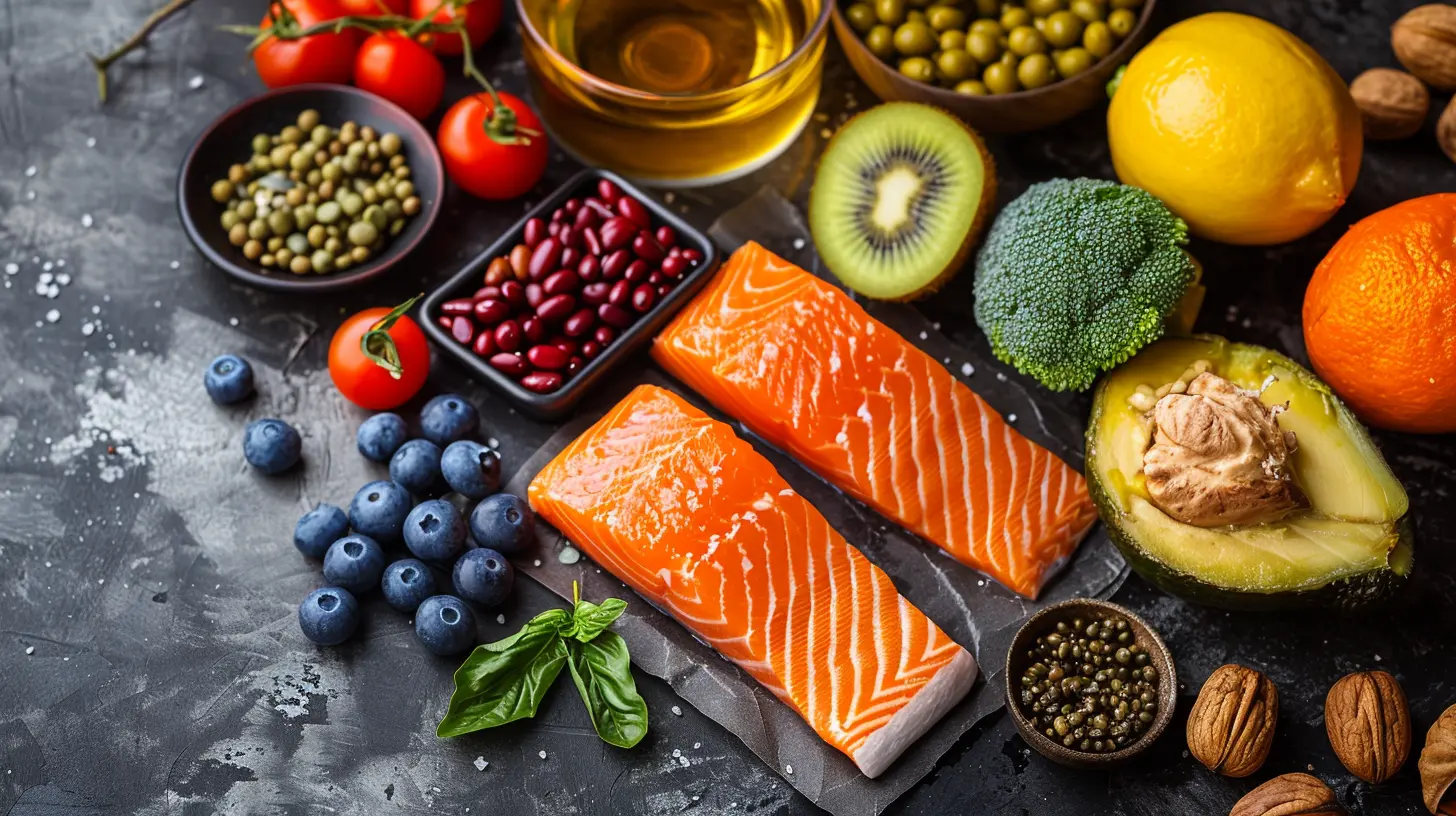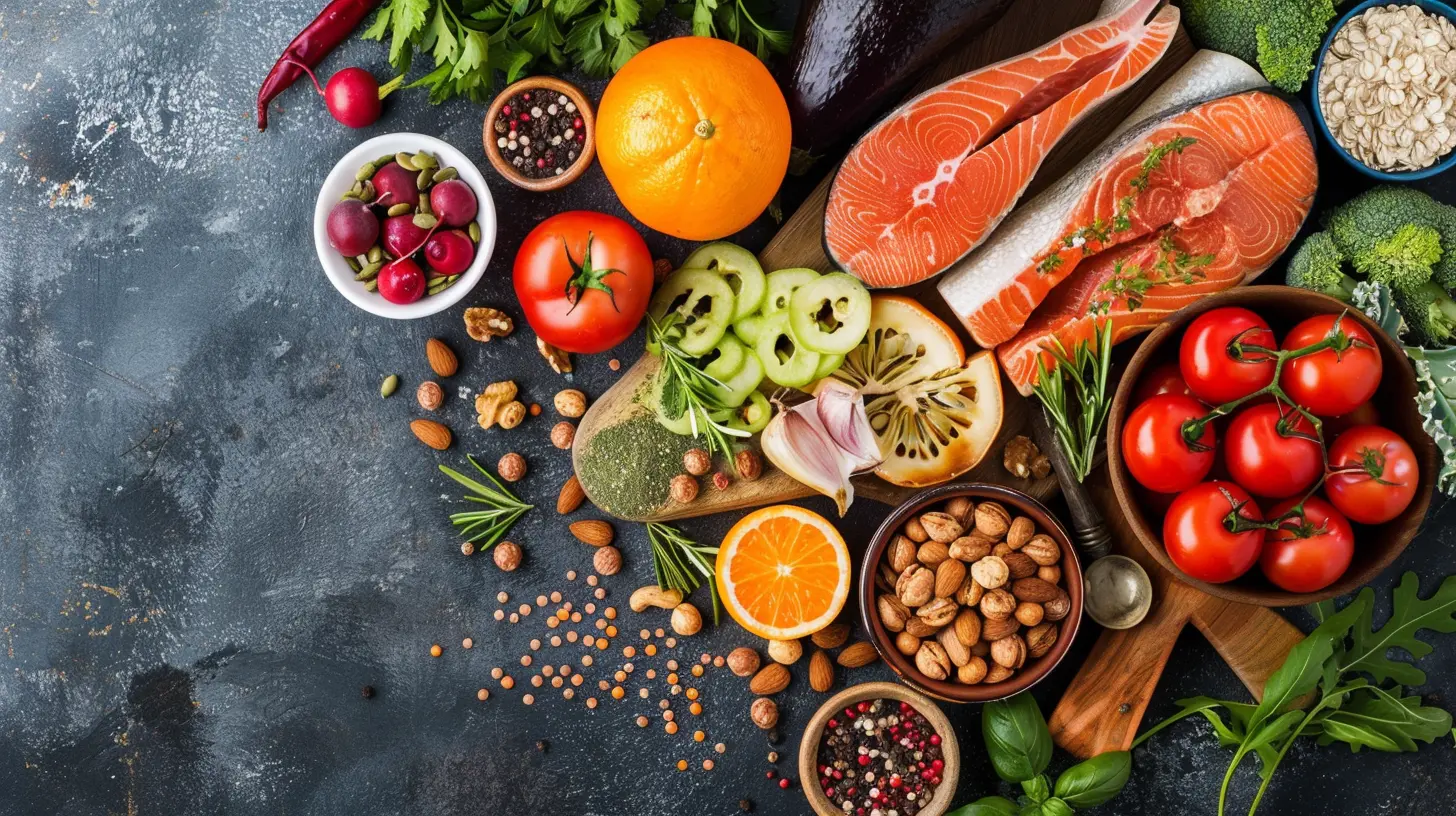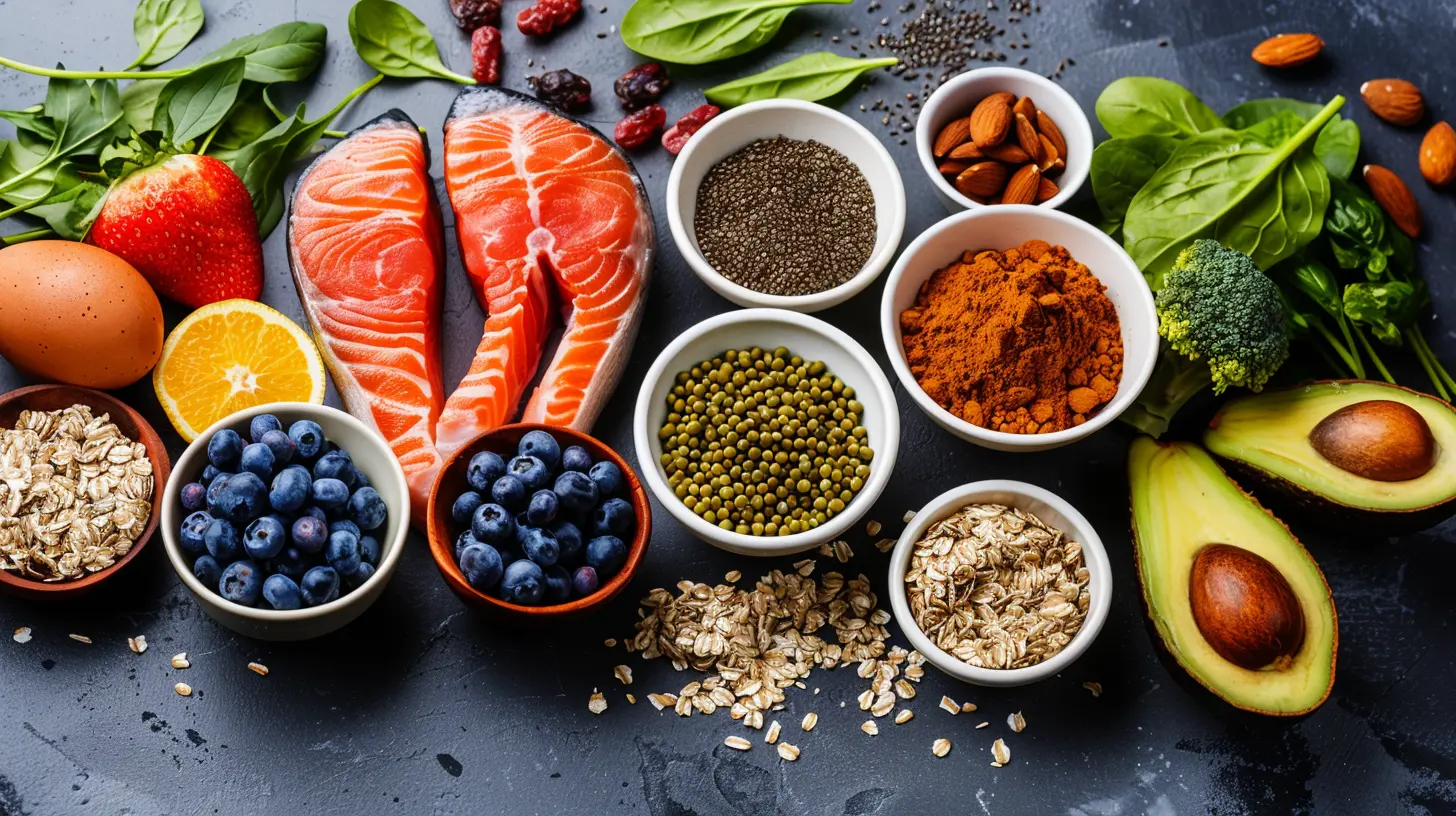Understanding the Relationship Between Inflammation and Diet
7 June 2025
Inflammation gets a bad rap, and honestly, it’s not always fair. In its acute form—like when you cut your finger or catch a cold—it’s actually your body’s superhero response to injury or illness. But when inflammation sticks around long after the danger is gone? That’s when things get messy. And here’s where your diet walks into the story like the uninvited guest who either saves the party or completely ruins it.
Yep, your plate can either fuel that chronic, low-grade inflammation or help calm it down. So let's unpack this rollercoaster of a relationship between inflammation and what you eat. Ready to dive in? Let’s go.
What Exactly Is Inflammation?
Before we go any further, let’s clarify what inflammation really is.Imagine inflammation like your body’s internal fire alarm. When there’s a problem—say, an infection, injury, or toxin—your immune system jumps into action. White blood cells rush in, blood flow increases, and healing begins. That’s acute inflammation, and it’s a good thing.
But if that fire alarm keeps blaring for no reason? That’s chronic inflammation, and that’s the real villain here. It’s subtle, sneaky, and linked to pretty much every major disease: heart disease, diabetes, cancer, arthritis, and even depression.
What fans the flames of chronic inflammation? You guessed it—your diet plays a massive role.
The Link Between Diet and Inflammation: It's Not Just a Theory
Let’s get one thing straight: this isn’t just internet health guru talk. There’s real science behind how food impacts inflammation.Certain foods actually cause your immune system to go haywire. Others, though, can calm things down and restore balance. It all comes down to how your body reacts to the nutrients (or lack of) in your meals.
So, is your lunch picking a fight with your immune system—or giving it a gentle hug? Let’s break it down.
Major Pro-Inflammatory Foods to Watch Out For
Some foods are like adding fuel to the fire. Here’s a quick rundown of the biggest offenders:1. Refined Carbohydrates
Think white bread, pastries, sodas, and sugary cereals. These spike your blood sugar like a roller coaster, causing your body to release inflammatory messengers called cytokines.2. Added Sugar
Sugar is the ultimate frenemy—it tastes good but wrecks everything behind the scenes. It increases insulin resistance and ups inflammatory markers like CRP (C-reactive protein).3. Processed and Red Meats
Bacon, sausage, hot dogs. Tempting, right? But these meats contain saturated fats and advanced glycation end products (AGEs), both of which promote inflammation.4. Trans Fats
The worst of the worst. Found in margarine, microwave popcorn, and fast food. Trans fats are directly linked to increased inflammation and heart disease.5. Highly Processed Foods
Most junk food falls into this category. These are loaded with preservatives, additives, and artificial ingredients—all of which can irritate your immune system.If your daily menu looks like it came from a vending machine, odds are your body is in a constant state of low-level inflammation.
Foods That Fight Inflammation
Let’s flip the script. Not all food is out to get you. Some are like the peacekeepers—keeping inflammation down and your body functioning like a well-oiled machine. Here's your anti-inflammatory A-team:1. Fatty Fish
Think salmon, sardines, mackerel, and anchovies. These are rich in omega-3 fatty acids (EPA and DHA), which are potent inflammation fighters. They reduce CRP and other markers of chronic inflammation.2. Leafy Greens
Kale, spinach, collards—yeah, your mom was right. These are packed with antioxidants and polyphenols that reduce oxidative stress and inflammation.3. Berries
Blueberries, strawberries, and raspberries are packed with anthocyanins, powerful compounds that help inhibit inflammation.4. Extra Virgin Olive Oil
It’s the cornerstone of the Mediterranean diet and worth every drop. Olive oil contains oleocanthal, a compound that works like Ibuprofen in lowering inflammation.5. Nuts and Seeds
Almonds, walnuts, flaxseeds, and chia seeds are high in healthy fats, magnesium, and fiber—all of which play a role in lowering inflammation.6. Turmeric
This golden spice contains curcumin, one of the most powerful natural anti-inflammatories around. But don’t forget to combine it with black pepper to boost absorption.7. Green Tea
A cup a day can help keep inflammation at bay. Green tea is rich in EGCG (epigallocatechin gallate), which blocks inflammatory pathways.What an Anti-Inflammatory Diet Actually Looks Like
You’ve probably heard a lot about the Mediterranean diet, and for good reason—it’s essentially an anti-inflammation meal plan. But you don’t need to fly to Greece to make it work.Here’s what a simple anti-inflammatory day looks like:
Breakfast:
- Oatmeal topped with berries, walnuts, and a sprinkle of cinnamon.- Green tea on the side.
Lunch:
- Grilled salmon salad with mixed greens, cherry tomatoes, cucumber, olive oil, and lemon dressing.- A slice of whole-grain bread.
Snack:
- Hummus with carrot and cucumber sticks.- A handful of almonds.
Dinner:
- Quinoa with roasted veggies (think sweet potato, broccoli, and zucchini).- Grilled chicken with turmeric and black pepper seasoning.
Dessert:
- Dark chocolate square (70% cacao or more) or a cup of golden turmeric milk.Stick to this pattern and your immune system will be throwing you high-fives all day.
The Gut-Inflammation Connection
Now, let’s talk about your gut—because it’s not just what you eat, it’s what your body does with it.Your gut microbiome is like a bustling city of bacteria, both good and bad. When your diet nourishes the good guys (probiotic and prebiotic foods), they keep your gut lining healthy. That lining prevents harmful substances from leaking into your bloodstream and triggering—you guessed it—inflammation.
Probiotic foods like yogurt, kefir, sauerkraut, and kimchi? Friends. Prebiotic foods like garlic, onions, bananas, and oats? Also friends. Together, they help your gut stay strong, which keeps inflammation in check.
Lifestyle Choices That Boost or Bust Inflammation
Food is a huge part of the puzzle, but it’s not the only piece. Your daily habits count, too.Sleep
Skimping on sleep increases pro-inflammatory cytokines. Aim for 7–9 hours a night.Exercise
Moderate, regular exercise (like walking, yoga, or cycling) helps lower inflammation. Just don’t overdo it—too much intense exercise can backfire.Stress
Chronic stress sends your cortisol levels soaring, and that can drive inflammation. Meditation, deep breathing, or even laughing with friends can help cool things down.How to Tell If You’re Dealing with Chronic Inflammation
It's not always obvious because unlike a sprained ankle, chronic inflammation doesn’t scream for attention. But your body might be whispering clues:- Fatigue that just won’t quit
- Joint pain or stiffness
- Skin issues like eczema or acne
- Digestive problems
- Brain fog or mood swings
If that sounds familiar, your diet could be part of the problem—and the solution.
Final Thoughts: It All Starts on Your Plate
At the end of the day, you don’t need to memorize every inflammation-causing compound or stock your kitchen like a wellness influencer. Just start noticing how food affects your body. That mid-afternoon crash? The bloating after dinner? The joint pain when you get up in the morning? They might all be talking about inflammation—and your fork might be holding the answer.Choosing anti-inflammatory foods isn’t about perfection. It’s about progress. Start small. Swap your soda for green tea. Reach for berries instead of cookies. Add a spoon of flax to your smoothie. Each bite really does count.
Inflammation might be complicated, but your diet doesn’t have to be.
all images in this post were generated using AI tools
Category:
Healthy LifestyleAuthor:

Laura Hudson
Discussion
rate this article
3 comments
Payton Lambert
Prioritize anti-inflammatory foods for better health and wellness.
June 20, 2025 at 3:34 AM

Laura Hudson
Absolutely! Incorporating anti-inflammatory foods can significantly enhance health and promote wellness. They're key in managing inflammation effectively.
Macey White
What if your meals hold the key to unlocking the secrets of your body's hidden inflammation battles?
June 9, 2025 at 3:36 PM

Laura Hudson
Absolutely! Diet plays a crucial role in managing inflammation, with certain foods potentially reducing or exacerbating it. Exploring this relationship can help us make informed choices for better health.
Barrett Conrad
Inflammation plays a crucial role in various health conditions, and diet significantly influences inflammatory processes. By incorporating anti-inflammatory foods, such as fruits, vegetables, and healthy fats, individuals can help manage inflammation and promote overall health. Understanding this relationship is essential for informed dietary choices.
June 9, 2025 at 2:55 AM

Laura Hudson
Thank you for your insightful comment! You're absolutely right—diet plays a vital role in managing inflammation, and choosing anti-inflammatory foods can greatly benefit overall health.



